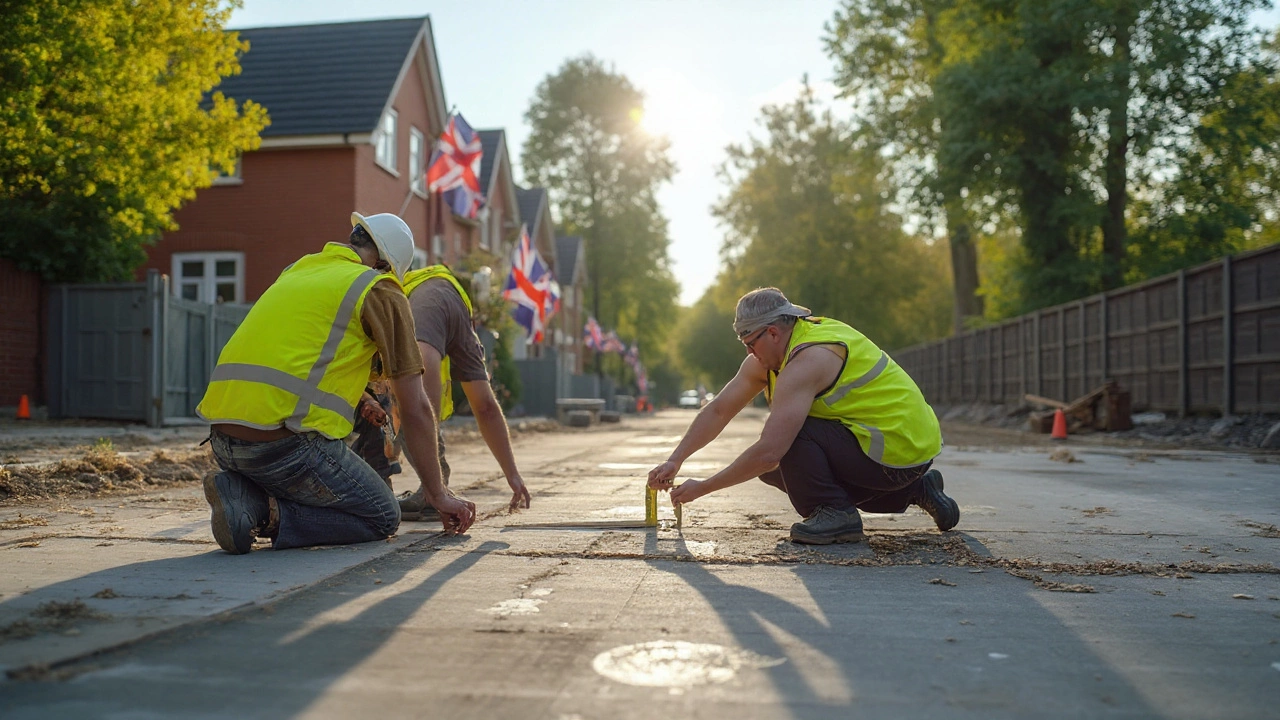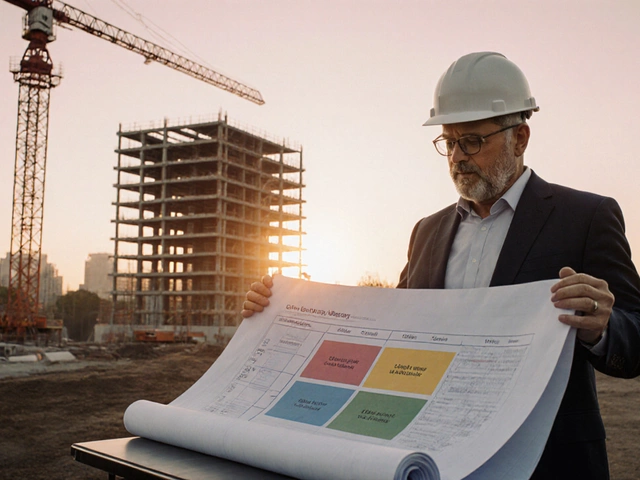August 2025 Archive – Foundation Tips, House Settlement & New‑Build Guides
Welcome to the August 2025 archive of Lime Hillock Construction Material Resources. This month we covered three practical topics that many builders and homeowners face: the 345 rule for solid foundations, why houses can still settle after two decades, and how to pick a trustworthy new‑build company. Let’s break down the key takeaways so you can apply them right away.
What Is the 345 Rule and How Does It Help Your Foundation?
The 345 rule is a quick way to check that your foundation layout is square. Measure 3 meters (or any unit) on two sides of the layout, then measure the diagonal. If the diagonal reads roughly 5 meters, you have a right‑angle corner. This simple check catches layout errors before concrete is poured, saving time and money.
Why use it? A crooked foundation can cause uneven walls, door frames that stick, and long‑term settlement issues. The rule works on any scale, so whether you’re drafting a small garden shed or a two‑storey home, the same principle applies. Just remember to keep the measuring tape taut and use a level for the best accuracy.
Can a House Still Settle After 20 Years? Signs and Prevention
Many think settlement stops after the first few years, but older homes can still move. Common signs include new cracks in plaster, doors that won’t close, and uneven floorboards. These symptoms often point to soil shifts, moisture changes, or aging footings.
What causes late settlement? Expanding clay soils, underground water drainage, and nearby tree roots can all exert pressure on a foundation over time. If you notice any of the warning signs, get a professional inspection. Early detection lets you repair minor issues before they turn into costly structural damage.
Preventive steps are straightforward: maintain proper drainage away from the house, keep gutters clean, and avoid planting large trees close to the foundation. Adding moisture‑resistant barriers and ensuring consistent soil moisture can also reduce movement.
Choosing the Best New‑Build Company in 2025
Picking a builder feels overwhelming, especially with so many options advertising low prices. The best approach is to focus on three factors: reputation, transparency, and post‑build support.
Start by checking online reviews, industry awards, and completed projects in your area. A reputable company will showcase case studies and provide references you can contact. Don’t shy away from asking about their supply chain—knowing where they source limestone or other materials helps you gauge reliability.
Transparency means clear contracts, detailed cost breakdowns, and realistic timelines. If a builder promises a finished home in half the normal time, ask how they plan to achieve it without cutting corners. A solid contract protects both parties and reduces surprises down the line.
Finally, look for post‑build support. A good builder offers warranties, routine inspections after handover, and a clear process for handling defects. This after‑care can save you headaches when minor issues surface months later.
In short, research, ask tough questions, and choose a company that values quality as much as you do. The right builder will keep you informed, stick to the schedule, and deliver a home built on a sturdy foundation.
That’s a quick recap of what we shared in August 2025. Whether you’re measuring layout angles, inspecting an aging home, or hunting for a reliable builder, the tips above give you a solid starting point. Keep these guides handy, and you’ll avoid common pitfalls that can cost time, money, and stress.
345 Rule Explained: The Simple Key to Strong Residential Foundation Design

Discover what the 345 rule means in construction, why it's used for foundation work, and how to use it. Simple tips and common mistakes made easy.
read moreDoes a House Settle After 20 Years? Signs, Causes & Prevention Explained

Can a house really settle after 20 years? Discover why older homes move, what causes late settlement, and the impact on structure and safety.
read moreBest New Build Companies in 2025: Honest Guide to Smart Choices

Deciding on the best new build company? Here's a real-talk breakdown on what matters in 2025, how to compare options, and where not to cut corners.
read more



